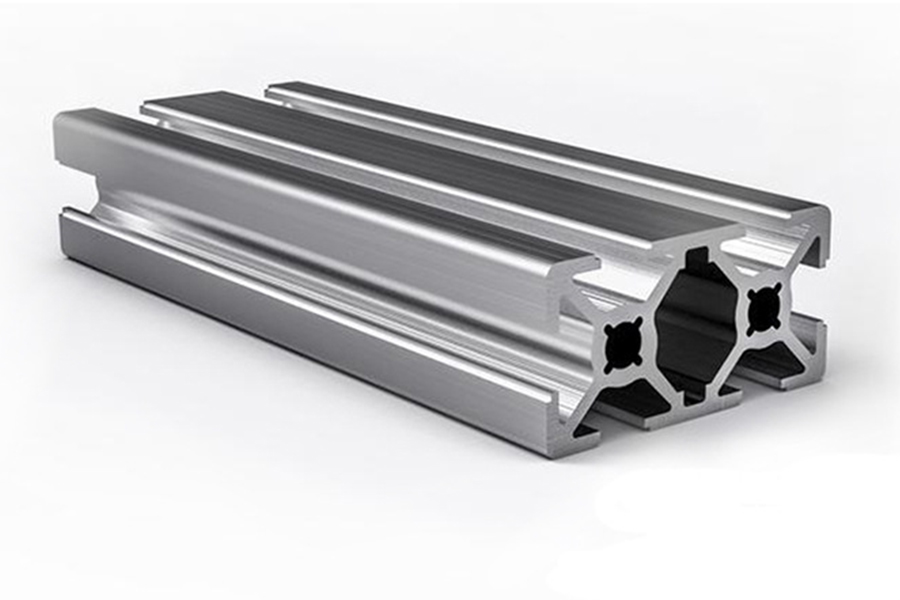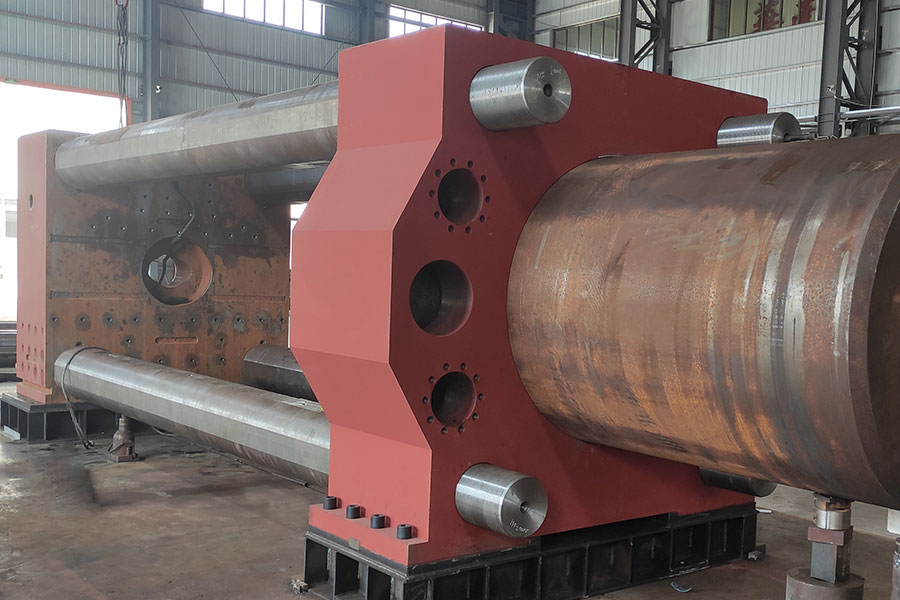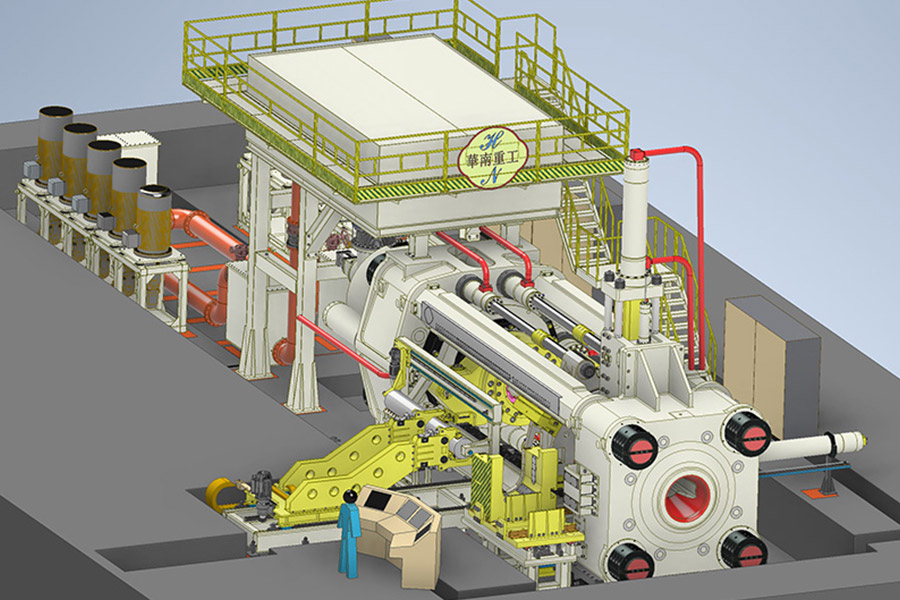Influence of extrusion ratio on aluminum extrusion quality

Influence of extrusion ratio on aluminum extrusion quality
The extrusion ratio has a significant influence on the microstructure and mechanical properties of aluminum extrusions. Here's how it impacts these aspects:
1. Grain Structure:
- lHigher Extrusion Ratios: Tend to produce finer grain structures. This is because the increased flow and deformation can promote more uniform and finer grain refinement. Finer grains generally enhance the strength and toughness of the extruded material.
- lLower Extrusion Ratios: May result in coarser grain structures. Coarser grains can lead to reduced mechanical properties compared to those with finer grains.
2. Mechanical Properties:
- lStrength and Hardness: Higher extrusion ratios often lead to improved strength and hardness. The fine-grained structure resulting from higher ratios contributes to better mechanical properties.
- lDuctility: The impact on ductility can be variable. While higher extrusion ratios typically improve strength, they can sometimes reduce ductility if the metal flow induces internal stresses or defects.
- lTensile Properties: Extrusions with higher ratios can show better tensile properties due to more uniform microstructure and reduced porosity. However, achieving these benefits requires careful control of other process parameters.
3. Homogeneity:
- lMaterial Homogeneity: Higher extrusion ratios can lead to more homogeneous material properties along the length of the extrusion. This is because the increased flow helps to distribute alloying elements and reduce segregation.
4. Internal Defects:
- lInclusions and Voids: Higher extrusion ratios can reduce the incidence of internal defects such as inclusions and voids, as the extrusion process tends to consolidate the material more effectively. However, excessive ratios can introduce new challenges, such as increased risk of billet cracking or die clogging.
In summary, the extrusion ratio is a crucial parameter that influences multiple facets of aluminum extrusion quality. While higher extrusion ratios often enhance mechanical properties and material homogeneity, they can also introduce challenges related to die wear, surface finish, and dimensional tolerances. Balancing these factors is key to optimizing the extrusion process and achieving the desired quality of the final product. Huananmachine is professional aluminum extrusion mechine manufacturer,get more details from us quickly.

